Over the past ten years, cars have been getting bigger and fancier, right? And you might be wondering why are cars getting bigger and bigger. Well, there are a bunch of reasons for it. Some of the main ones include safety concerns and people having more money to spend on fancy cars. This article will look closely at why are cars getting bigger and evaluate how this shift has happened.
Cars Are Getting Bigger
Yup, it looks like cars are getting wider these days! Out of the ten cars, the only one that didn’t get wider was the Audi Q7. But it didn’t just stay the same, and it got slightly slimmer than in 2005. But most of the other cars got a lot wider. The Ford Fiesta and Range Rover are 23% wider now than when they first came out. And the BMW 3 Series is 27% wider in the 2019 version than it was in the original 1983 model.
How Fast Is the Average Car Size Rising?
Cars are becoming larger to align with Americans’ preferences for more space. In 2019, the top three U.S. automakers started to shift away from small cars and sedans due to decreasing market share. This has led to more trucks, SUVs, and crossovers filling the showrooms of Ford, General Motors, and Fiat Chrysler as these companies predict an increased demand for larger vehicles.
It’s not just SUVs that are getting bigger on U.S. roads. The average size of cars, in general, is also on the rise.
Some of the country’s most popular cars, such as the Toyota Camry, the Ford F-150 pickup truck, and the Toyota RAV4 SUV/crossover, have undergone multiple redesigns over the years and have consistently grown in size. As these vehicles are leaders in sales, they set an example for other cars to follow.
Cars in America Are Huge Compared to Other Countries
American cars are bigger because of the bigger streets and highways in the U.S. compared to other countries. Many older cities worldwide have narrower streets designed for something different than cars. Still, larger vehicles can easily navigate the roads in the U.S. with its newer infrastructure and extensive interstate system. As Kennedy said, “In America, the streets are bigger and lend themselves to bigger cars.
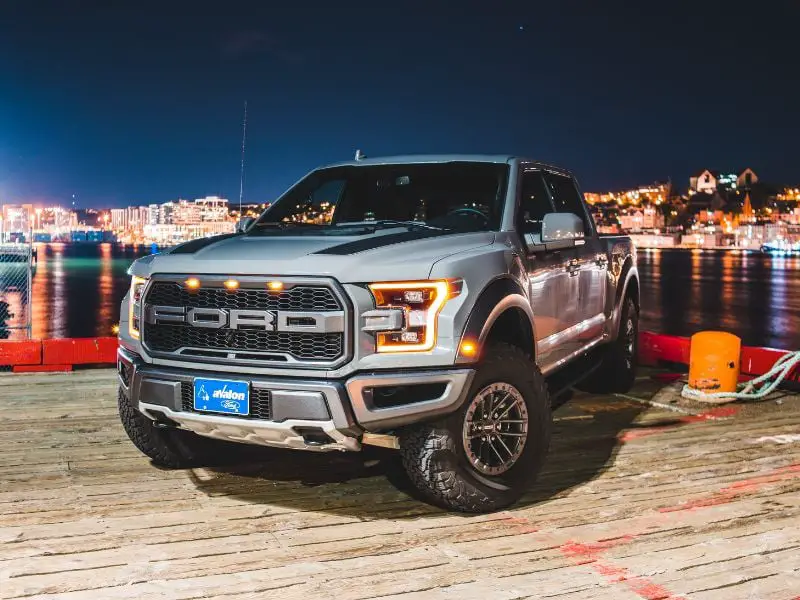
The Psychology Behind Why Americans Love Big Cars
It’s no secret that Americans love big cars – look at the number of SUVs and trucks on the road. But why is that? Well, for starters, it goes back to the pioneer days. When settlers were taming the wild frontier, they were surrounded by wide open spaces. This sense of spaciousness likely influenced how they viewed the area, and they began to crave more of it in all aspects of their lives – including their cars.
Over time, this desire for more space became part of our culture and was passed down from generation to generation. So, for many Americans, big cars feel more comfortable and spacious.
Another factor is their strong sense of individualism. American culture values having control over their surroundings and feeling secure. Owning a large car gives some people a sense of control and security – like they’re in their own little fortress on wheels.
All in all, there are various reasons why Americans love big cars – from their love of open spaces to their desire for control and security.
Large Cars Date Back to WW1
You might think that big cars and trucks are new in America, but it’s been around for a while. Even way back after World War II, people in the U.S. started driving bigger and bigger cars.
It’s interesting to see how American cars have grown in size. Even a midsize truck like the Ranger is close in size to tanks used during WWII. While the tanks were broader and taller, the length of full-size trucks and SUVs is similar and sometimes even longer.
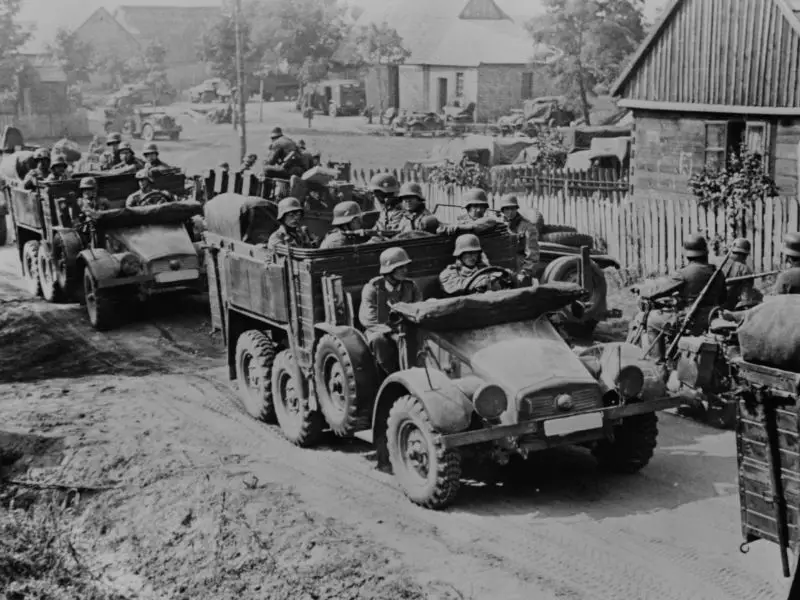
Why Are Cars Getting Bigger Over Time?
Cars have been getting bigger over time, with many manufacturers offering more models than ever before. Consumer demand, technological advances, and government regulations drive this trend. Here are some reasons why cars are getting bigger and what it means for the future of the automotive industry.
1. Safety Features
Cars have been getting faster over the past few decades, and the need for better safety features comes with that. Like safety cells, crumple zones, and different types of airbags. But here’s the thing, all these new safety features need a lot more space in the car to work correctly. For example, airbags need a certain amount of space to deploy without hurting anyone, especially door-mounted and front-facing airbags, which need around 10 inches of space. So, cars are getting bigger to make room for all these new safety features. Even though it’s excellent that cars are safer now, it does mean they take up more space.
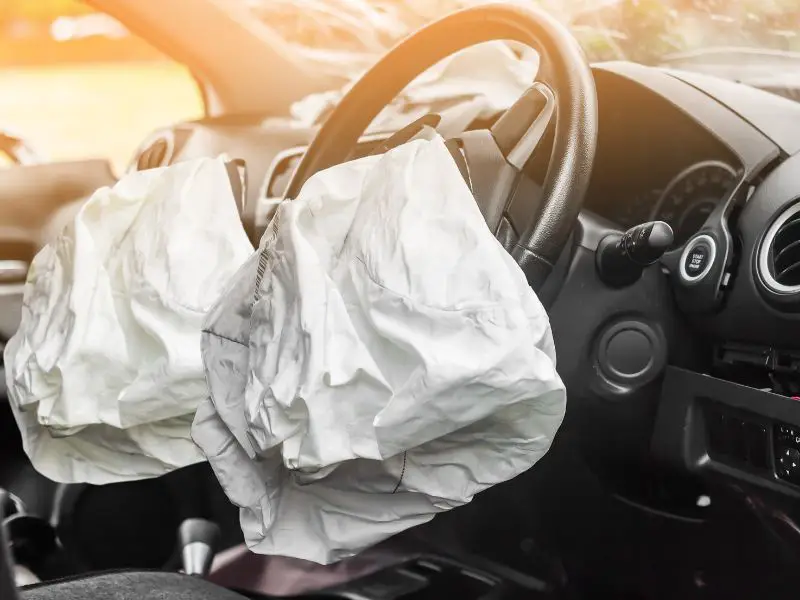
2. Space Demand by Customers
More and more people are using their cars for long road trips and even off-roading. And when you’re taking a trip or going off-road, you need a vehicle with more space to carry all your stuff like food, gear, and other things. Also, having a bigger car means more cargo space, legroom and headroom for you and your passengers, and other perks like that.
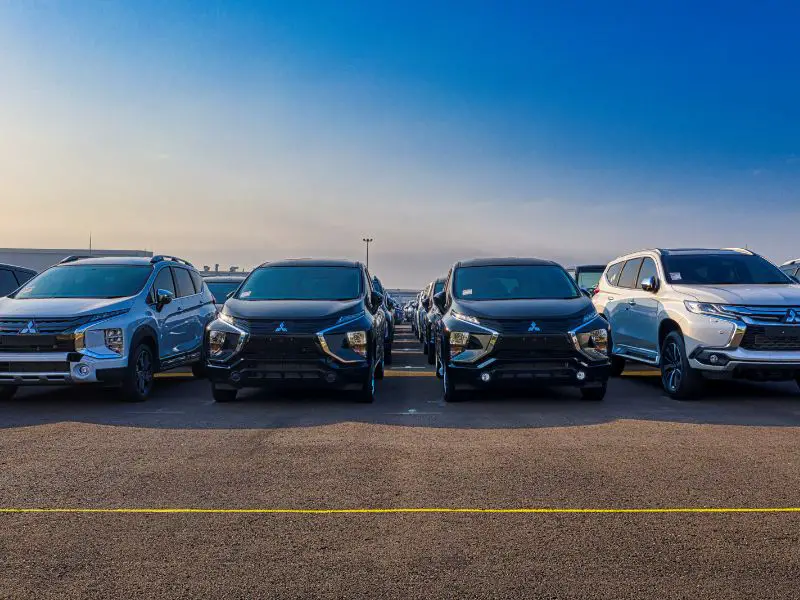
3. Design Trends
You may have noticed car manufacturers stick to specific design trends. And because of some rules they have to follow, there are only so many designs to choose from. The trend is for cars to be longer, wider, and taller – especially SUVs. Even some mini and sedan models are bigger than they used to be.
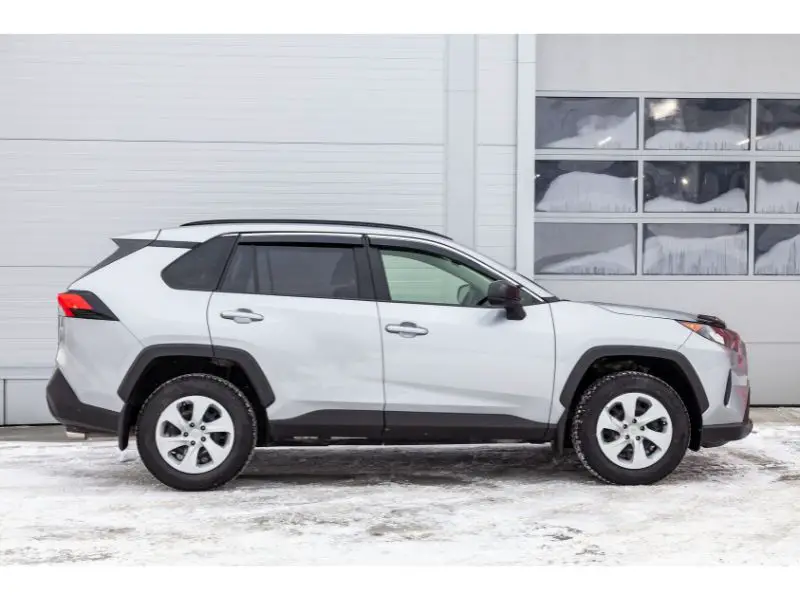
4. More Features
Cars used to be basic, just a way to get from point A to point B. But over time, they’ve become fancier with added features like comfort, style, and speed. Now, cars have all sorts of tech, like braking assist, collision warnings, and accident avoidance. And all these features use sensors, which take up a lot of space in the car. It’s all part of the competition to make the best cars, but it sure makes them more complicated than they used to be.
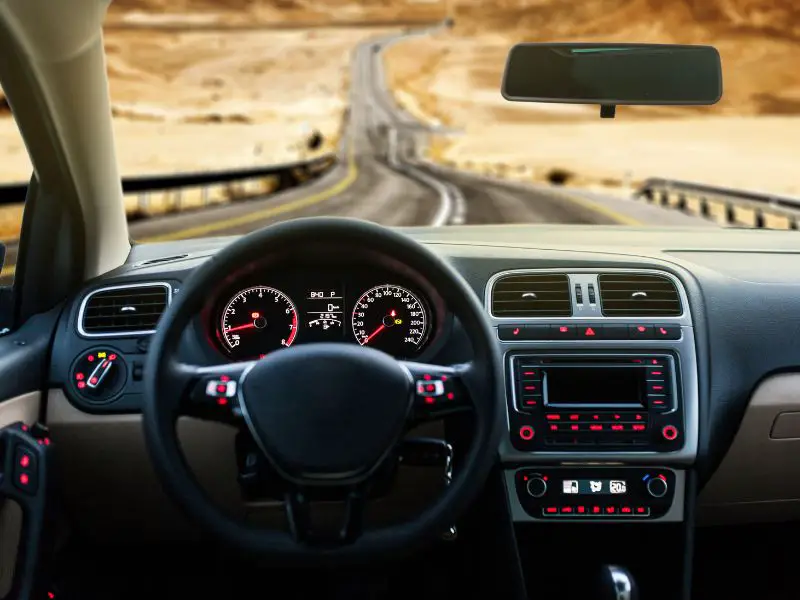
Bottomline
To sum up, cars are becoming bigger and bigger globally for various reasons. One explanation is the expanding demand for larger autos, such as SUVs and trucks, due to their usefulness and applicability.
Moreover, the infrastructure and highways in nations such as the U.S. lean towards larger cars. The socio-psychological elements also contribute to liking bigger vehicles, comprising of the vastness and power associated with driving large trucks and SUVs. Furthermore, technological progressions have made it achievable for car producers to build heftier automobiles with better fuel productivity, making them extra eye-catching to purchasers. Overall, bigger cars will continue as long as consumer demand, government regulations and technological advancements support them.
Learn How to Start Cycling and Overcome Commuting Challenges. Discover practical tips and solutions to embrace cycling as your daily commute. Tackle common problems with ease and enjoy a healthier, eco-friendly journey to work!

